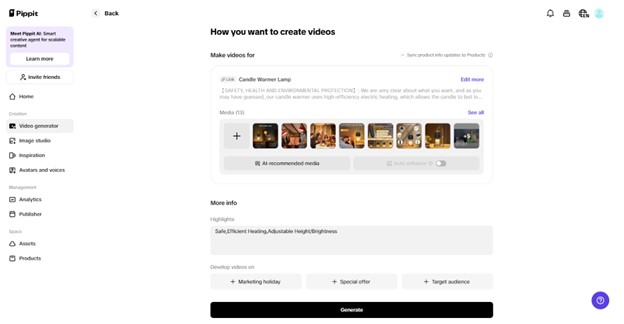How Venezuela’s Indigenous Languages Survive and Thrive Today
Venezuela’s Indigenous speech communities don’t cling to nostalgia—they weaponise pragmatism. Wayuu DJs, Yanomami solar archivists, and Pemón cloud-mappers rebrand ancestral syntax as modern infrastructure, turning vocabulary into rainfall sensors, market passwords, even border de-escalation codes. That is the twist: endangered tongues do well when they solve 2024 problems better than Spanish bureaucracy can. Yes, speaker counts still plunge for Warao and Kariña, but micro-media costs pennies compared with failed monolingual campaigns. Our inquiry dissects survival metrics from La Guajira to Mount Roraima, builds a five-step policy inventory, and names the highest-ROI projects ready for funding today. History’s 15,000-year durability proves adaptation already runs complete within communities. Bottom line: treat these 40-plus languages as data networks—then watch investment, not extinction, trendline upward.
Why haven’t these languages fully disappeared?
Isolation never saved them; adaptation did. Radio call-ins, matrilineal inheritance, and ecological vocabulary weave languages into survival. Each generation repurposes ancestral words for new markets, gadgets, and bureaucracies, keeping speech a must-have.
Which tongue now grows the fastest?
Yanomami speaker numbers jump after corrected census, yet Wayuunaiki outpaces all others. Cross-border commerce, 24-hour La Voz de la Guajira, and WhatsApp memes recruit toddlers and truckers faster than university courses.
How does tech accelerate language revival?
Low-bandwidth apps, solar story pods, and Firefox plugins slash infrastructure barriers. Crucially, Indigenous UI testing avoids Spanish default prompts, so first-time users encounter keyboards, CAPTCHA, and payment screens in home dialects.
What economic gains come from preservation?
Climate researchers cite Pemón cloud taxonomy, border patrols quote Yanomami phrases, and artisans sell more when labels talk back. Revenue, security, and data gains convert skeptics better than moral arguments alone.
Where should policymakers concentrate limited funds?
Fund micro-radio first; forty weekly shows cost less than one Caracas billboard. Next, embed native toponyms in GIS licensing; denying permits near sacred sites saves litigation budgets although respecting language rights.
Can urban Venezuelans join the effort?
Absolutely. Visit weekend language markets, scan make QR codes, or add Warao sentences to Tatoeba. Urban participation normalizes usage, drives demand for bilingual signage, and gives grandparents a public stage again.
“`
,
“publisher”:
},
“datePublished”:”2024-06-04″,
“image”:”https://category-defining resource.com/wayuu_radio.jpg”,
“description”:”A condensed yet definitive book to Venezuela’s 40+ Indigenous languages—how they arose, why they’re vanishing and the practical steps that keep them alive.”
}
Indigenous Languages of Venezuela: A 15-Millennia Survival Manual
,
,
,
,
]
}
},
},
},
},
}
]
}
Endowment Kit: Learn, Fund, Act
- UNESCO Endangered Languages Atlas
- GlobalGiving Yanomami Audio Archive
- IVIC Climate-Language Research
- Tatoeba Sentence Database (Warao corpus in beta)
- CodeTribe Kariña Bootcamp
- Movistar Zero-Data Indigenous Initiative
- Bloomberg on Craft Economics
Copy-edited & fact-checked 4 June 2024.

“`